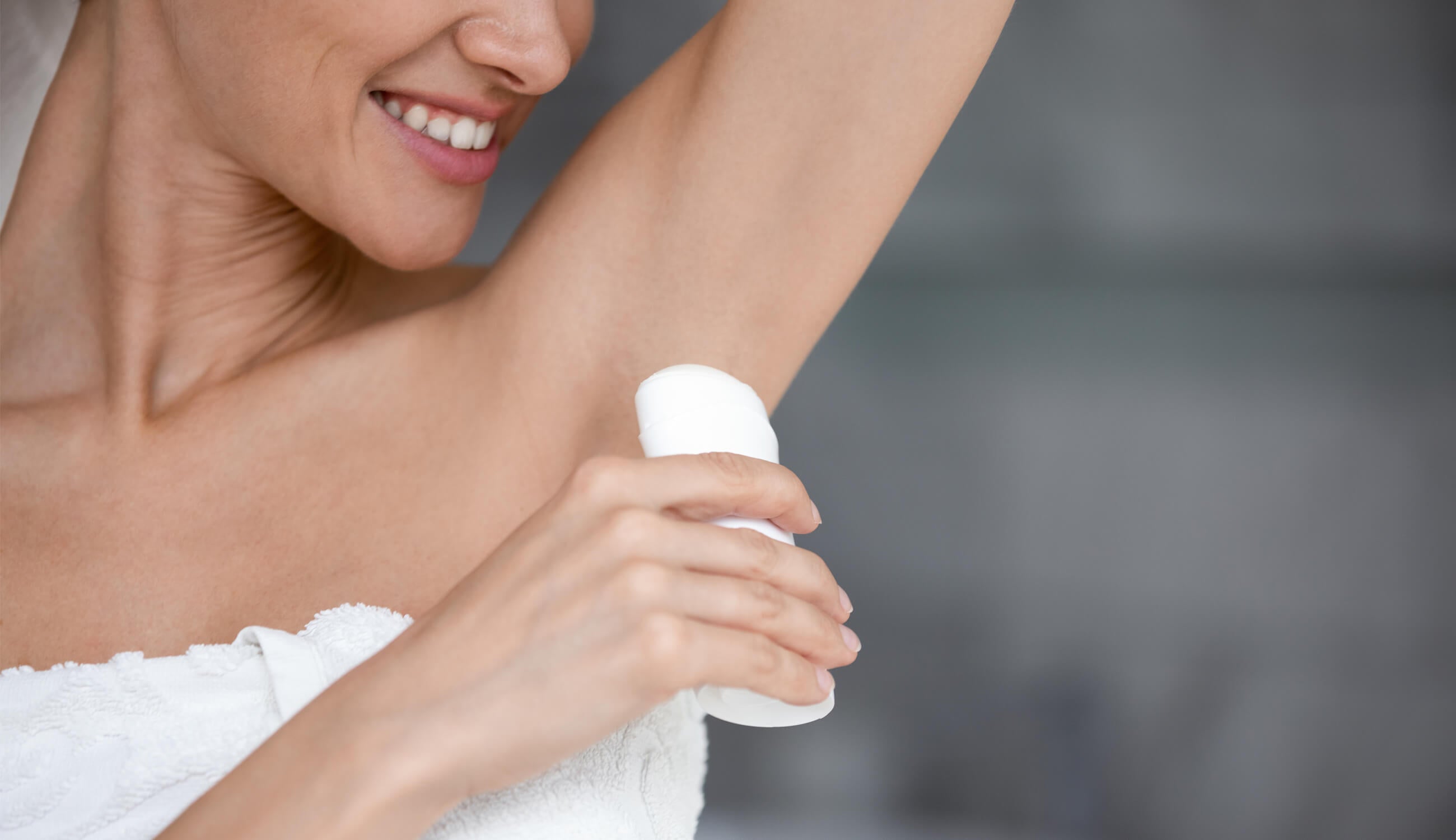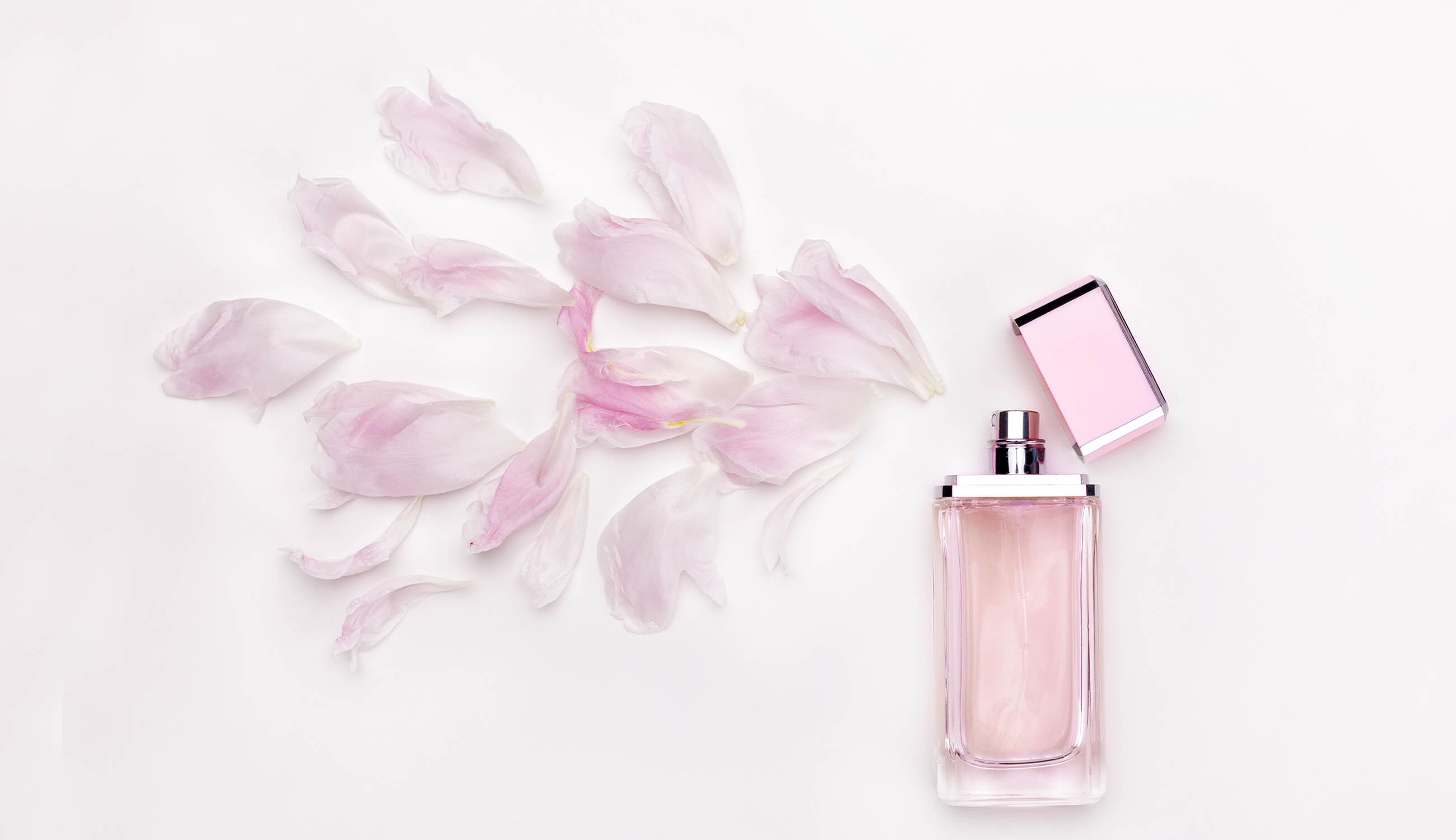How to decipher a deodorant ingredient label, make your own DIY deodorant, and more!
Written by: 100% PURE ®
Natural deodorants are a source of much debate. On one hand, we don’t trust most storebought deodorant ingredients. On the other, we don’t always trust that natural deodorants can get us through our longest, sweatiest days.
What if you could have the best of both worlds?
We’re thinking of a natural deodorant that allows us to sweat, but doesn’t allow us to suffer embarrassing smells. The key is finding a set of deodorant ingredients that work best for you and your body chemistry!
Antiperspirants are personal care products that temporarily block sweat pores in your underarm area. While they don’t block all sweat from coming through, they do reduce it significantly. They might contain fragrance for scent, or avoid fragrance entirely. Deodorants differ because they’re only made to get rid of armpit odor – not to block sweat for a period of time.

At first glance, antiperspirants sound great. But unless you have a condition where you sweat excessively (known as hyperhidrosis) you likely don’t need an antiperspirant. Sweat is also produced in order to cool down the body after overheating, during intense workouts or high temperatures.
Over the years, there has also been some concern over the ingredient used to block your underarm pores: aluminum. Some research has linked aluminum to Alzheimer’s disease and breast cancer. While the research isn’t conclusive, we shouldn’t be too quick to judge these ingredients as safe, either.
If you’re worried about the complexities of chemical-laden deodorants, a simplified deodorant ingredient list might be a better option. A natural deodorant will allow you to sweat, while ridding you of body odor. They can do this by helping to reduce odor-causing bacteria on your underarms with natural ingredients – so which ones should you be looking out for?

Look for clean deodorant ingredients that are hard on your body odor, but not your health. The following ingredients can promote a healthy microbiome in your armpit area, while battling unsavory odors.
Zinc Oxide
Zinc oxide is the main active ingredient in most mineral sunblocks, and also has odor-fighting abilities. You might be surprised to find that zinc oxide is microbial, meaning it can kill bacteria. The main types of bacteria that cause body odor are Corynebacterium spp. and Staphylococcus spp. Zinc oxide is effective against both!
Titanium Dioxide
Another mineral sunscreen ingredient and similar to its counterpart, titanium dioxide has antibacterial properties. Ultimately, this helps eliminate odor-causing bacteria. One caveat is to ensure that particles aren’t in nano sizes – breathing these nanoparticles in could lead to lung inflammation. However, you’re most at risk for breathing these particles in with powder or spray deodorants.
Clay
If you find that conventional deodorants make you red and itchy, fear no more. Clay can be a soothing ingredient for compromised underarms. Plus, its most well-known quality is absorption – whether that’s oil, dirt, or moisture. That’s what makes it one of the best deodorant ingredients for extra warm summer activities!
Charcoal
Charcoal works in a similar fashion to clay. Its main benefit is absorbing sweat and dirt from the skin. Worried about armpit stains? The good news is that many charcoal deodorants actually dry clear, so you don’t have to worry about discoloring your favorite sundress. Try the Natural Deodorant Cream from PiperWai – it’s vegan, cruelty-free, and designed to spread easily into skin with a clear finish.
Baking Soda
Also known as sodium bicarbonate, baking soda is a food-grade ingredient that helps to eliminate odor-causing bacteria. It can also help to absorb wetness and moisture, to keep armpits feeling dry and fresh. It’s a key ingredient in Native Deodorant, a collection made with vegan ingredients – they even offer a sustainable plastic-free deodorant line!
Apple Cider Vinegar
Like most natural deodorant ingredients, apple cider vinegar is well-known for its antibacterial properties. Not to mention, its acidic pH helps facilitate the growth of good bacteria and make it more difficult for bad bacteria to thrive. It also leaves our skin barrier intact, making it easier for our skin to fight off infections.
Essential Oils
Instead of artificial fragrances or perfumes, essential oils can help mask body odor while offering some benefits for the skin. Lavender, peppermint, and tea tree have big benefits for odor-control and antibacterial power. Each & Every Worry-Free Deodorant offers a full lineup of clean deodorant scents from simple Fragrance-Free, sweet Rose & Vanilla, or fresh Juniper & Mint.

Some of the most common antiperspirant and deodorant ingredients are ones that we need to research more thoroughly. But with the rise of natural deodorants, it’s become easier than ever to avoid these ingredients.
Aluminum
As mentioned, high levels of aluminum have been linked to chronic disease. While research in regards to Alzheimer’s and breast cancer remains inconclusive at best, there may still be some risk for those who shave their armpits.
Shaving before applying an antiperspirant made with aluminum has been suggested to increase the risk of infection. Nicks and abrasions in the skin can allow chemicals and aluminum to infiltrate lymph nodes and potentially breast tissue, sparking conversation that aluminum deodorant ingredients can lead to breast cancer. While the connection may be circumstantial, many continue to opt out of aluminum in deodorant to err on the side of caution.
Triclosan
Triclosan is one deodorant ingredient that’s been banned from antibacterial soaps and hand sanitizers. In 2016, the FDA decided to ban this ingredient from consumer products and healthcare settings, citing that it was neither safe nor effective.
The FDA classifies triclosan as a pesticide. A group of 200 scientists also signed a statement, calling triclosan an endocrine disruptor. Not only is this ingredient toxic to our health, it’s toxic to our environment as it bioaccumulates and threatens ocean life.
Parfum
Parfum can fall under the name of “fragrance”. As a deodorant ingredient, fragrance is one of the most common irritants – particularly for sensitive skin. Even if you aren’t initially allergic to parfum, you can eventually develop a reaction to it over time. This can lead to redness, inflammation, and sensitized skin.
Parabens
Parabens are a class of preservatives that help inhibit the growth of microbes (bacteria, fungi, and viruses). While preservatives are necessary to avoid contaminated products, parabens may pose some serious health risks. They can mimic estrogen in the body and potentially increase the risk of breast cancer development. In 99% of breast cancer tissue samples, parabens were present.
Propylene Glycol
Propylene glycol gives deodorant sticks their shape and feel. The trouble is it’s also a potential irritant, that can lead to contact dermatitis and other allergic reactions. According to Healthline, contact dermatitis is “a condition that makes skin red or inflamed after contact with an allergen or irritant.” Propylene glycol is also made from petroleum, making it not so eco-friendly.
The only downside to a natural deodorant is the process of transitioning from conventional deodorant ingredients to natural ones. Full disclosure: you might have to go through a period of excess sweating and body odor before your armpits adjust.
One way to ease this transition is to use an underarm detox recipe. This recipe also helps remove any leftover residue from antiperspirants or deodorants – residue that can persist for weeks after using a product. Check the DIY details below!
You’ll need:
-
1 TBSP calcium bentonite clay
-
1 TBSP apple cider vinegar
-
1 TBSP coconut oil
Directions:
1. Stir until all ingredients are combined.
2. Apply liberally to armpits; using a face mask brush makes it easier!
3. Wait for 5-20 minutes.
4. Rinse thoroughly.
5. Use a body moisturizer afterward to keep your skin barrier happy and healthy.
The best way to know if a product is safe for you is by making it at home – you know exactly what goes in and how it’s prepared. If you’re scouring the web for an effective recipe, you’ve come to the right place.
You’ll need:
-
½ cup of rosehip seed oil
-
½ TSP vitamin E oil
-
½ cup activated charcoal
-
20-30 drops of preferred essential oil
PRO TIP: Tea tree oil is another potent, odor-masking scent if you prefer a lighter scent than peppermint.
Directions:
1. Combine all the dry ingredients in a bowl.
2. Add rosehip seed oil and vitamin E oil to your dry mixture; stir until smooth.
3. Pour in 20-30 drops of your preferred essential oil.
4. Combine and pour the mixture into your container. Wait until your deodorant sets and solidifies completely.
5. Use as needed!
For more ingredient deep dives and sustainable body care shopping tips, keep up with our blog!
- Tags: Bath Body Hair, Body, Clean Living, Ingredients, June-2020
We carefully hand-select products based on strict purity standards, and only recommend products we feel meet this criteria. 100% PURE™ may earn a small commission for products purchased through affiliate links.
The information in this article is for educational use, and not intended to substitute professional medical advice, diagnosis, or treatment and should not be used as such.











